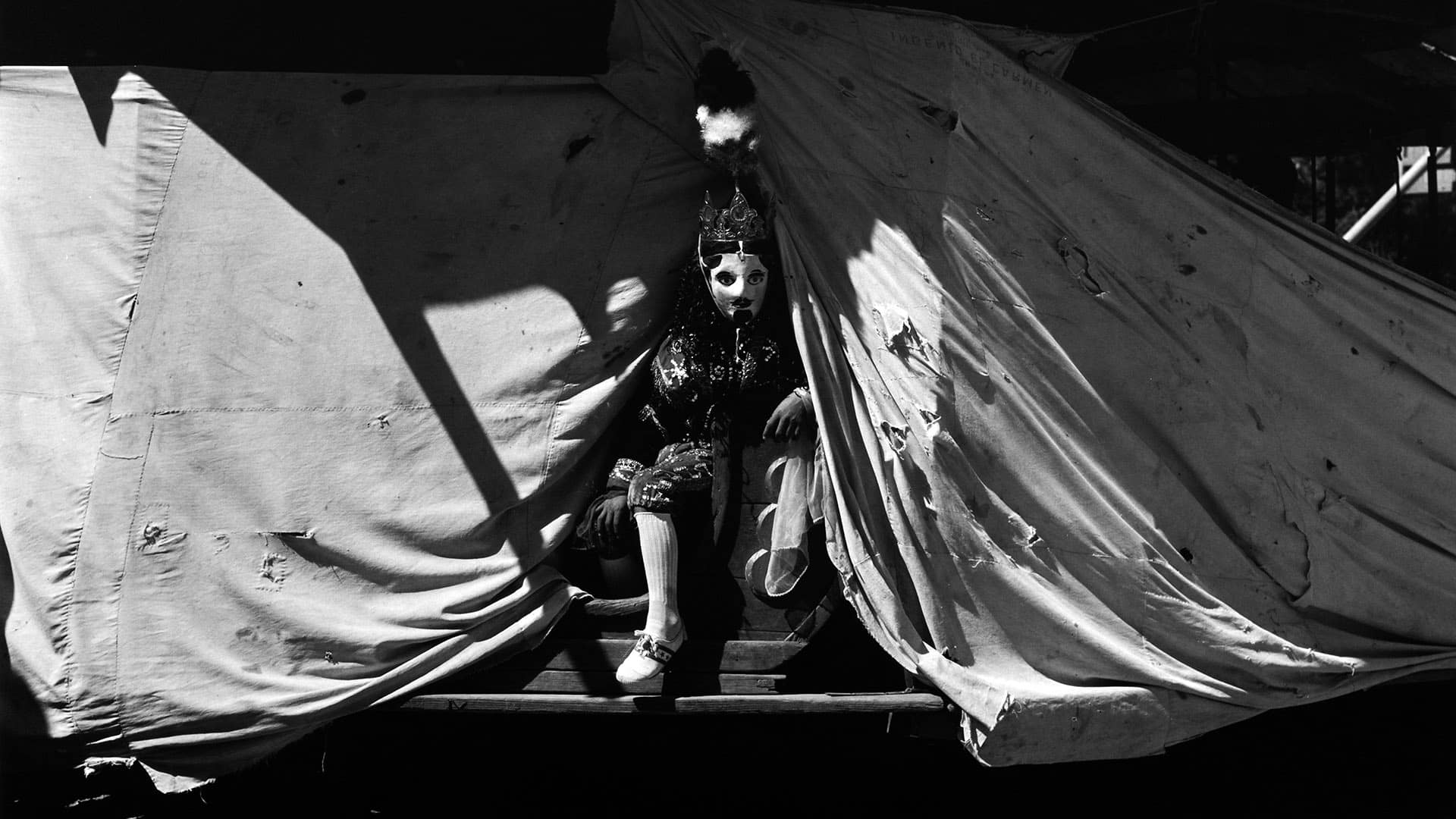As you are getting ready to put on your Halloween makeup, here is a motley panorama of masks; in other words, a look at a frequent motif in photography.

You’re getting blind.
Don’t miss the best of visual arts. Subscribe for $9 per month or $108 $90 per year.
Already suscribed ?



